Why Is My ABS And Traction Control Light On At The Same Time?
Seeing your ABS and Traction control light appear unexpectedly while driving can be quite confusing and disturbing. Both are key components and shouldn’t be dismissed as they signal that your vehicle might be faulty. To resolve the issues, first, you need to know the reasons behind them.
So why are my ABS and Traction control lights on at the same time? The reason ranges from wheel speed sensor issues to slippery road conditions, ABS module issues, low fluid levels, and faulty brake systems. Other reasons could be traced to a blown fuse and debris.
Read further to know more about the ABS and the Traction Control lights and why both are on at the same time.
Why Is My ABS And Traction Control Light On At The Same Time?
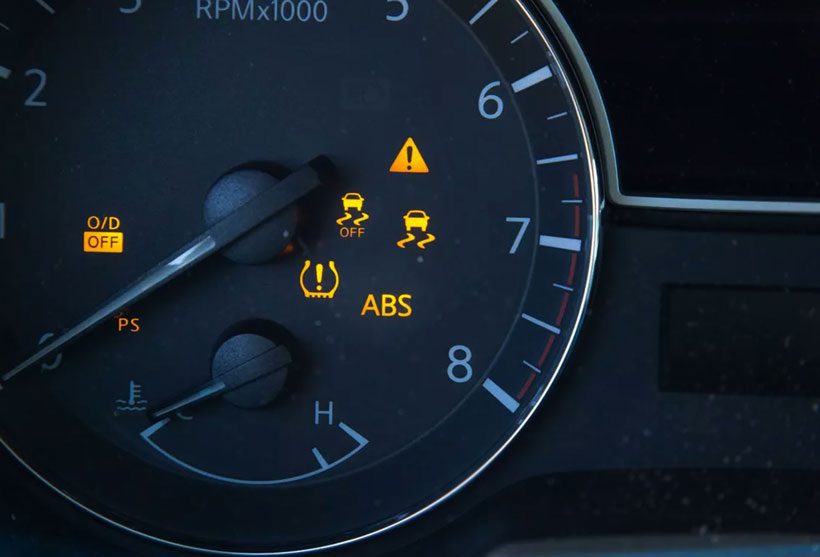
ABS (Antilock braking systems) prevent the wheels from locking up during braking. This allows the driver to maintain steering control while braking hard. The Traction Control system (TCS), on the other hand, helps to prevent the wheels from rolling or losing traction when accelerating on wet surfaces.
Here, we will discuss why your ABS and Traction Control lights come on suddenly, including how to fix them.
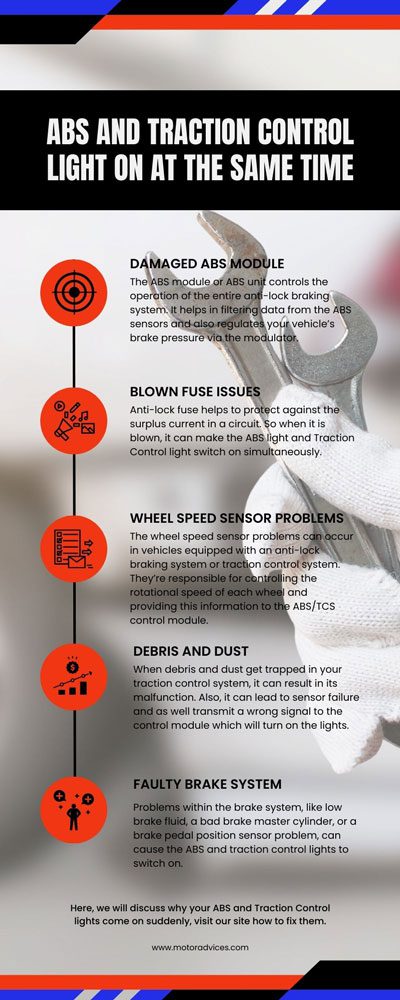
Damaged ABS Module
The ABS module or ABS unit controls the operation of the entire anti-lock braking system. It helps in filtering data from the ABS sensors and also regulates your vehicle’s brake pressure via the modulator.
A malfunction in the module can result in the illumination of ABS and traction control lights at the same time. Also, it can lead to the brakes locking up, raised pedal effort, and failure of the speedometer.

Solution to Damaged ABS Module?
Here’s how you can fix a faulty Abs module;
- Diagnose the problem using a diagnostic device (OBDII scanner) that can communicate with the ABS and retrieve error codes or other important data.
- Inspect the ABS module for any sign of damage or loose connections.
- Repair or replace the faulty parts.
- For new ABS module installation, use specialized software to configure it following the car’s specifications.
- After installation, test-drive the car under controlled conditions and monitor the Abs for any irregularities.
Blown Fuse Issues
Anti-lock fuse helps to protect against the surplus current in a circuit. So when it is blown, it can make the ABS light and Traction Control light switch on simultaneously.
If the circuit current surpasses the fuse rating, the fuse will explode, interrupting the circuit, which will send a warning to the powertrain control module. This will likely switch on the ABS light and the Traction Control light.
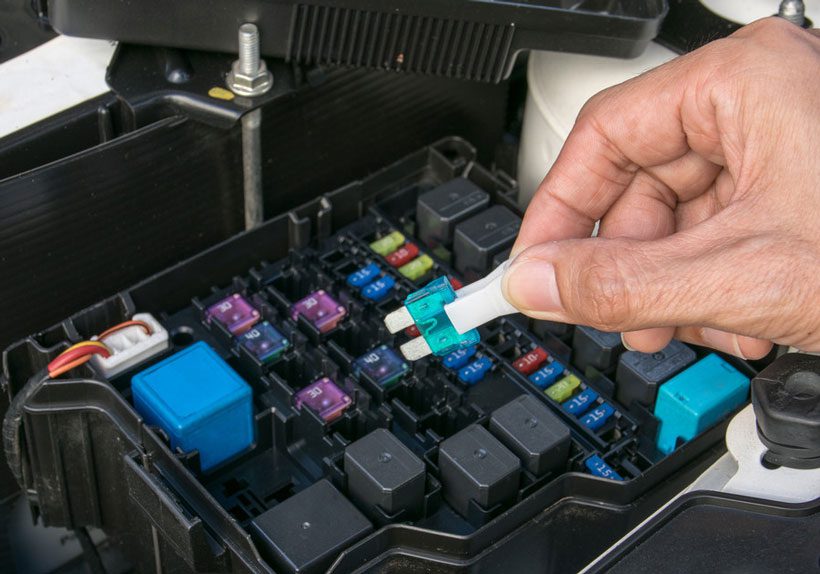
How To Fix The Blown Fuse Issues?
If you want to fix the anti-lock blown fuse, here’s how to get it done;
- Step 1: Locate the fuse box, identify the ABS fuse by referring to the diagram on the fuse box cover or in the owner’s manual to identify the fuse associated with the ABS. Also inspect it carefully before removal.
- Step 2: Remove the blown ABS from its box using a fuse puller or a pair of needle-nose pliers.
- Step 3: Replace the blown fuse with a new fuse that has the same amperage rating as the blown one.
- Step 4: Close the fuse box securely by putting back the cover or clasping it.
- Step 5: Turn on the ignition and test them by starting the vehicle and driving a short distance. Check if the Abs warning light has been switched off.
Wheel Speed Sensor Problems
The wheel speed sensor problems can occur in vehicles equipped with an anti-lock braking system or traction control system. They’re responsible for controlling the rotational speed of each wheel and providing this information to the ABS/TCS control module.
If one or more of these sensors fail or become damaged, it can trigger both warning lights.
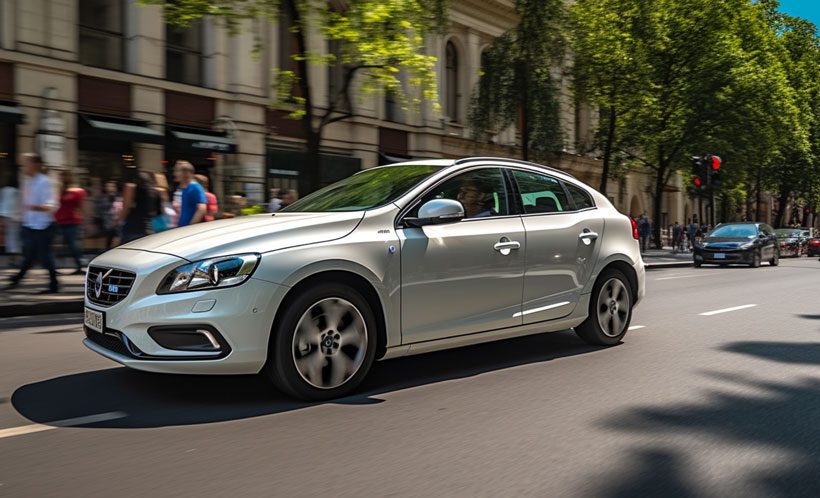
Some common wheel speed sensor problems include;
- Faulty sensors due to wear.
- Broken wires and loose connections.
- Accumulated debris around the sensor.
- Magnetic ring wear.
- ABS/TCS warning light.
How To Fix Wheel Speed Sensor Problems?
Here’s how to fix wheel speed sensor problems:
- Wipe the sensor gently with a soft cloth and a suitable cleaning solution.
- Check the sensor’s air gap and use the approved air gap specification.
- Replace the damaged sensor. First, disconnect the electrical connector from the sensor and remove the sensor. Next, install the new wheel speed sensor and position it correctly in the mounting location. Ensure it aligns properly with the tone ring or reluctor ring on the wheel hub assembly. Secure the sensor using the original bolts, screws, or clips. Reattach the electrical connector to the new sensor. Make sure it clicks into place and is securely connected. Finally, test the sensor.
- Clear error codes to reset the warning lights on the dashboard.
Debris And Dust
When debris and dust get trapped in your traction control system, it can result in its malfunction. Also, it can lead to sensor failure and as well transmit a wrong signal to the control module which will turn on the lights.
If your ABS and Traction Control light suddenly comes on and stays on due to debris and dust, here’s what to do;
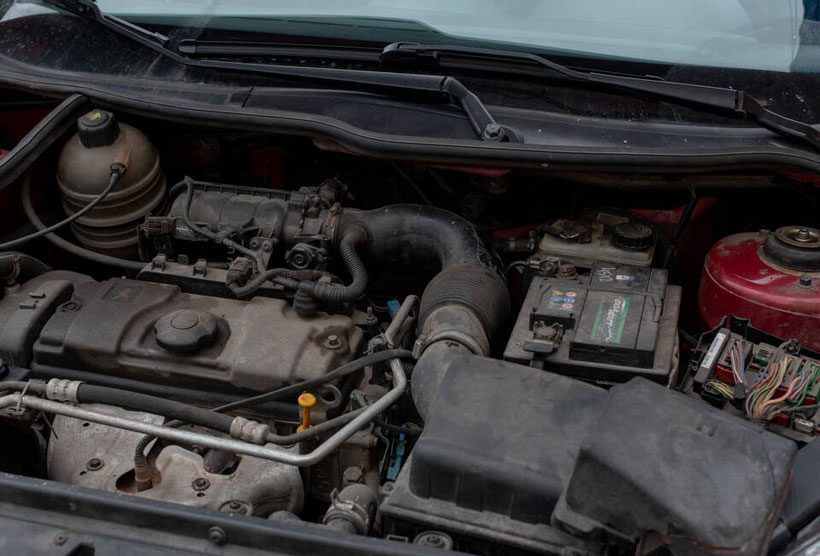
How to fix it?
- Use a pressure washer to clean it off or have a car wash expert do the job for you.
Faulty Brake System
Problems within the brake system, like low brake fluid, a bad brake master cylinder, or a brake pedal position sensor problem, can cause the ABS and traction control lights to switch on.
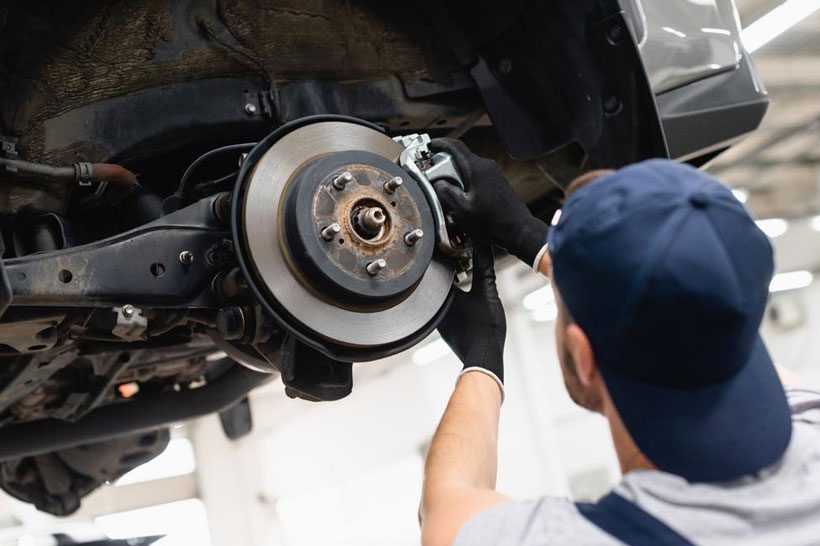
How To Fix The Faulty Brake System Issue?
If your ABS and Traction Control light comes on suddenly because of a faulty braking system, here’s how you can fix it;
- Ensure that your vehicle has sufficient brake fluid. If it’s low, top it up to the recommended level.
- Inspect the braking pads and replace worn-out parts with new ones.
- Check the brake rotors and resurface or replace damaged or twisted ones.
Note: if the warning light remains on or other problems spring up, then you may need to consult an expert. This is because there may be a serious issue with the Abs module that needs expert diagnosis and repair.
If you’re experiencing the issue of both the ABS and traction lights being on at the same time, you may find our article on how much does it cost to fix ABS light helpful. It provides insights into the potential costs involved in addressing ABS light-related problems. Additionally, if you own a Honda Accord and are specifically looking for information on the ABS light being on in that vehicle, our article on Honda Accord ABS light on offers guidance and possible solutions tailored to this particular model. These resources can provide you with valuable information and assistance in understanding and resolving the ABS and traction light issue you’re facing.FAQs
Here are some frequently asked questions about the Abs and Traction Control lights.
No. Do not drive the car until you fix the problem. This is especially when the main brake warning light is also on. Your brake system might be affected, which might lead to difficulty in stopping your vehicle when you need it to.
Yes. ABS and Traction Control systems are always paired together. This is because they help to boost your car’s stability when they function in pairs.
The ABS prevents the wheel from turning during braking while traction control prevents the wheel from turning during acceleration.
Conclusion
The ABS and the Traction Control systems help you to secure more control over your vehicle while driving. If both lights switch on at the same time, it indicates a potential shared problem or malfunction between these systems.
Therefore, it is recommended to consult a professional technician to identify the particular problem. They can use specialized diagnostic devices to retrieve error codes from the car’s computer system, which will help identify the cause of the problem.
Ensure you deal with any problems connected with these safety systems immediately to ensure your vehicle’s optimal performance and protection while driving.

